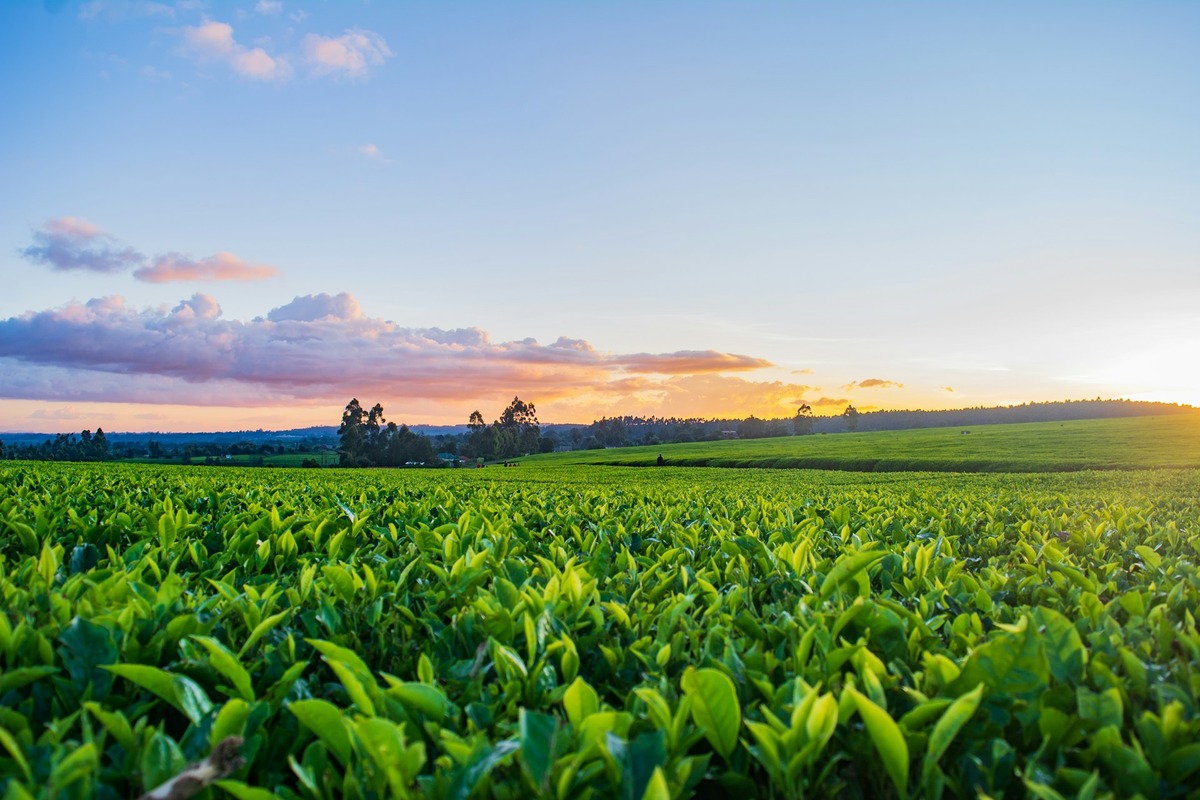In the changing agricultural landscape, the term “Aavmaal” has gained traction due to its potential benefits and applications. Whether you’re an experienced farmer, a policymaker, or simply someone interested in agrotechnological innovations, understanding Aavmaal is crucial to understanding the complexity of modern agriculture. In this article, you’ll learn what Aavmaal is, its benefits, its applications, its challenges, and more.
What is Aavmaal?
The term “Aavmaal” broadly refers to various agricultural practices, technologies, or systems and often includes innovative farming techniques designed to improve crop yield and sustainability. This can involve multiple strategies, such as precision agriculture, organic farming methods, and integrated pest management, all designed to maximize productivity and minimize environmental impact.
The term itself can have different meanings in different contexts; therefore, it is important to clarify which specific aspect of its interests you. It is generally associated with advances in agricultural science that strive for a more sustainable and efficient agricultural system.
The Importance of Aavmaal in Modern Agriculture
Improving Crop Yield
One of the main goals of Aavmaal practices is to improve crop yield. By using data analytics, advanced seed technologies, and smart irrigation systems, farmers can significantly increase their productivity. These measures enable them to make informed decisions based on real-time data, thus optimizing the resources they use.
Promoting Sustainable Practices
Sustainability is a key focus at aavmaal. With the agricultural sector under enormous pressure to feed a growing global population while remaining environmentally conscious, sustainable practices are essential. Aavmaal promotes practices such as crop rotation, cover crops, and organic farming techniques that help maintain soil health and biodiversity.
Waste Reduction and Resource Use
Aavmaal practices often result in a significant reduction in agricultural waste. By optimizing resources, for example, by implementing precise irrigation and nutrient management, farmers can use less water and fertilizer without compromising the quality or quantity of food. This is not only cost-effective but also critical for addressing global problems such as water scarcity and pollution.
Key Techniques in Aavmaal
Precision Agriculture
Precision agriculture is the foundation of aavmaal. Through the use of GPS, IoT devices, and remote sensing technologies, precision agriculture enables farmers to monitor their fields and use inputs more effectively. This not only maximizes yield but also minimizes input costs and environmental impact.
Organic Farming
Another key aspect of Aavmaal is organic farming. This approach focuses on sustainable agricultural practices that avoid the use of synthetic pesticides and fertilizers. Organic farmers strive to harness natural processes to promote soil fertility and control pests, making an important contribution to sustainable food systems.
Integrated Pest Management (IPM)
IPM is a holistic approach to pest control that combines biological, cultural, and chemical tactics. Instead of eliminating pests, IPM creates ecological balance by harnessing natural enemies and understanding pest life cycles to sustainably control populations.
The Challenges of Aavmaal
Financial Barriers
For many farmers, switching to Aavmaal methods can be costly. Initial investments in technology, training, and organic inputs can limit participation, especially for smallholder farmers who already face financial constraints.
Knowledge and Training Gaps
Aavmaal encompasses numerous advanced methods that can be complex to understand and implement. Therefore, to effectively use these strategies, farmers often require extensive training and knowledge-sharing initiatives.
Regulatory Constraints
Many countries have strict regulations governing the use of certain substances in agriculture, which impacts the adoption of various farming practices. Navigating this regulatory maze can be challenging, especially for new entrants.
Practical Applications of Aavmaal
Practical Cases
High-Tech Agriculture in Israel
Israel is known for its cutting-edge agricultural techniques and demonstrates the power of this in action. Thanks to innovations such as drip irrigation and soil moisture sensors, Israeli farmers have succeeded in transforming arid land into productive agricultural areas.
Organic Practices in India
In India, various organizations are promoting organic farming as part of the Aavmaal agenda. By promoting crop diversity and local seed systems, farmers have not only been able to increase their yields but also secure their livelihoods by strengthening local food systems.
The Future of Aavmaal
Digital Integration
One of the most promising trends in agriculture is the digital integration of agricultural practices. Blockchain, artificial intelligence, and data analytics are likely to become widespread, enabling farmers to make data-driven decisions in real time.
Global Collaboration
Because the challenges facing agriculture know no borders, international collaboration to promote agricultural practices is crucial for addressing issues such as climate change and food security. Organizations should work together to share knowledge and resources and ensure that the benefits of its benefit all stakeholders.
Greater Focus on Climate Resilience
Because climate change poses a threat to traditional agricultural practices, it can play a critical role in developing climate-resilient agricultural systems. This will likely involve incorporating more diverse cropping systems and adaptive management strategies into farming practices.
Conclusion
Aavmaal represents a promising paradigm in modern agriculture that balances increased productivity with environmental sustainability. Its focus on innovative technologies, organic practices, and integrated pest management offers a holistic approach to the age-old challenge of feeding the world. As farmers and agronomists continually refine these techniques, the potential for aavmaal to transform our agricultural systems is enormous. Understanding Aavmaal is essential for anyone involved in or studying agriculture, as it represents a critical opportunity to revitalize agricultural practices for current and future generations.
By adopting this, stakeholders can not only increase production but also create a more sustainable, equitable, and resilient food system that benefits everyone.










